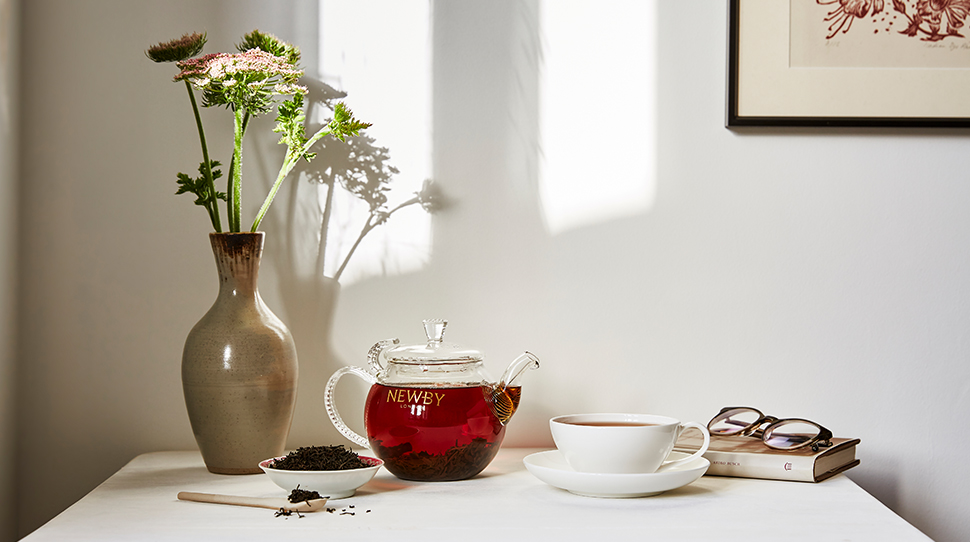

In times of stress, nothing is more comforting than curling up with a cup of steaming tea.
“Tea is such a significant part of our lives and a very personal passion for so many around the world,” says Gabrielle Jammal, tea sommelier at Forbes Travel Guide Five-Star Baccarat Hotel New York. “It is part of the fabric of every culture and the foundation for wellness. It is also something that can be enjoyed anywhere at any time.”
But the beverage isn’t just a comfort drink. According to the Food and Agriculture Organization of the United Nations, tea trails only water as the most popular drink in the world.
Of course, it’s also good for you. “Tea is historically revered for its abundant health benefits, packed full of immune-boosting antioxidants, like polyphenols and flavonoids,” says Raji Singh, North American business development director at Newby Teas, a London luxury tea company. “Teas contain natural caffeine, which when consumed is released into the bloodstream slowly to gently rouse and restore the brain.”
Whether you miss your favorite café brew or want to try something new, we culled expert tips that will help both frequent sippers and first-timers elevate their tea experience at home.
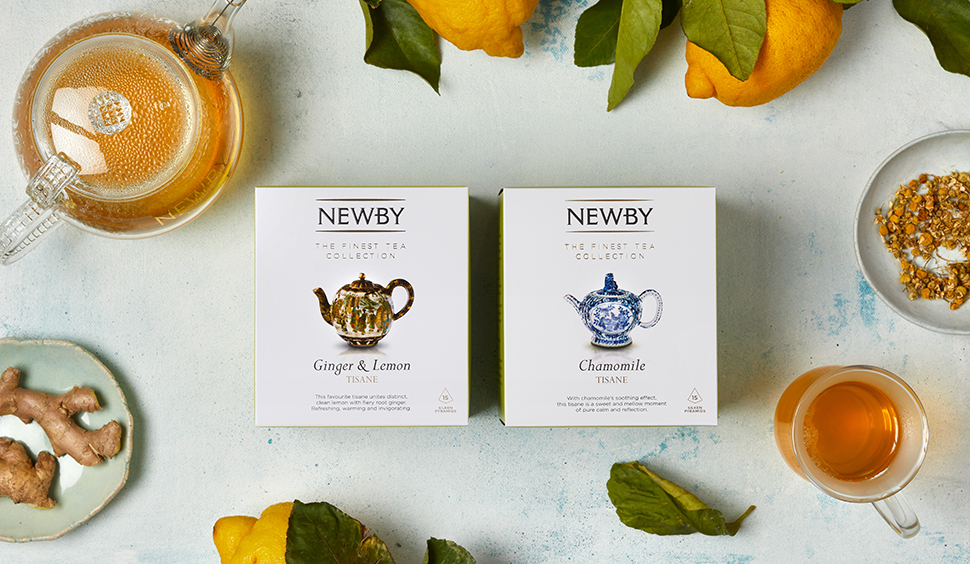
Choose The Right Tea
Start with a whole-leaf, loose, organic tisane, or herbal tea, Jammal says. “My personal favorite is chrysanthemum or elderflower.”
For a soothing cup, Singh suggests another tisane: “Popularly known as sleepy-time tea, chamomile gently relaxes anything from intestinal muscles to biceps helping with stomach pains and mild aches, aiding in calming the nerves for a peaceful sleep.”
Rosehip and hibiscus is a healthful combination that can aid with high cholesterol and digestive problems. “Due to its anti-inflammatory properties it can also affect high blood pressure in hypertensive adults, lowering it to a healthier rate,” Singh says. “Hibiscus is rich in vitamin C and acts as a mild diuretic, flushing excess fluids and toxins from the body and helping you feel brighter and healthier in general.”
To strengthen your immunity, try antioxidant-rich ginger and vitamin-C-packed lemon. The antioxidants and vitamins also help skin and hair, and bring instant relief from nausea and indigestion.
If you’re ready to move beyond tisanes, some studies suggest black teas contribute to the reversal of abnormally functioning blood vessels that cause strokes and other cardiovascular conditions, Singh says. Theaflavins in black tea are also purported to destroy abnormal cells in the body before they cause major damage. She adds that green tea works as a gentle diuretic, flushing toxins from the liver.
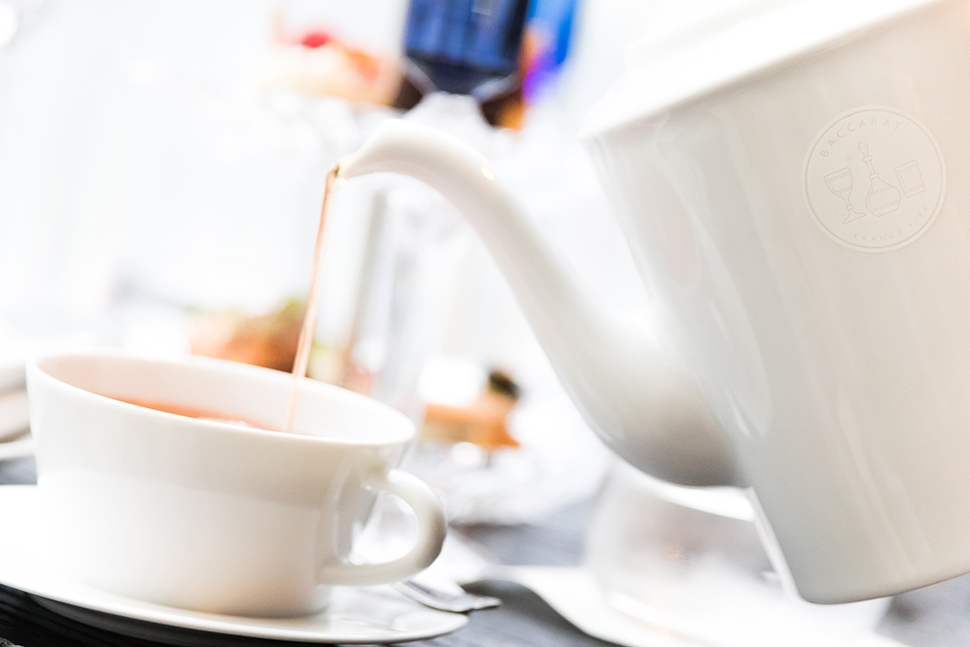
Steep It Correctly
Tea types infuse best at different temperatures. While black teas flourish with fully boiled water, the extreme heat will scald the more delicate white and green teas. For these blends, let the water cool to about 160 to 175 degrees Fahrenheit before infusing.
Also ensure you have the proper tea-to-water ratio. When preparing one cup (6.5 to 8.5 ounces), either a single teabag or one heaping teaspoon of loose-leaf tea will suffice. For a teapot (16 ounces), double the proportions.
The duration also depends on the tea type. Teabags require less time, as the leaves are smaller and the increased surface area lends itself to quicker infusions. Loose-leaf teas require slightly more steeping, with black teas and tisanes needing the longest infusion. Generally, green teas take two to three minutes to infuse, oolongs three to four, and black teas and tisanes up to five.
Don’t Use A Tea Ball
If you are preparing loose-leaf tea, it’s best to put the leaves directly in the pot and then decant after the steeping time rather than in a filter, especially a tea ball. This will provide ample space for the leaves to unfurl and infuse their full flavor.
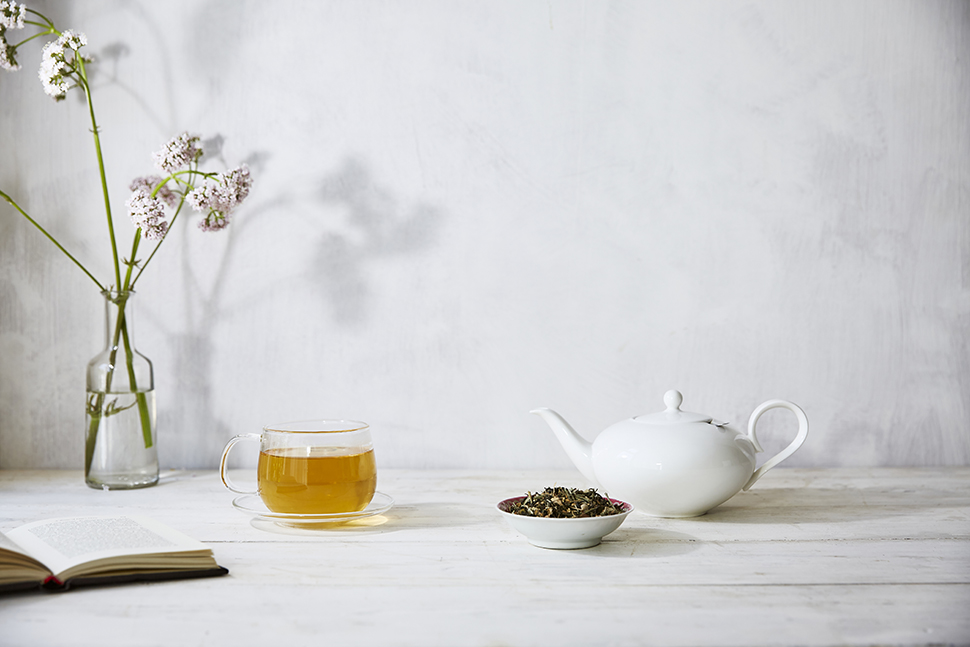
Pick Quality Leaves
“It is a common misconception that bagged tea automatically means poor quality, when in fact, teas found in teabags can outshine the taste of loose-leaf tea,” Singh says.
If quality is on par, then the decision is based on personal preference. “Bagged tea provides an element of convenience, while loose-leaf gives the brewer more control over the strength of the cup,” she says. “But what sets the two apart is loose-leaf tea allows for the full ritual of tea to be experienced.”
Water Matters
Tea experts pay attention to the water, too. “The only two ingredients in a cup of tea are tea leaves and water, so water quality can make a big difference in the taste,” Singh says. Opt for filtered or natural spring water with low or medium mineral content. And always use freshly boiled water; re-boiled water will have lost much of its oxygen.
Don’t Add Sugar
Many people automatically add sugar, honey or milk to their cup. This is partly due to consuming poor-quality tea or lack of proper preparation. After following the brewing suggestions, taste the tea without any additives to see if anything else is actually required.
Store It Like This
Tea leaves are fragile and easily compromised by heat, light, moisture and air, so storage is essential to ensure freshness. Use a resealable pouch or a tea caddy with an airtight lid, and keep it at a neutral temperature away from light. This will preserve your tea at its best for much longer.
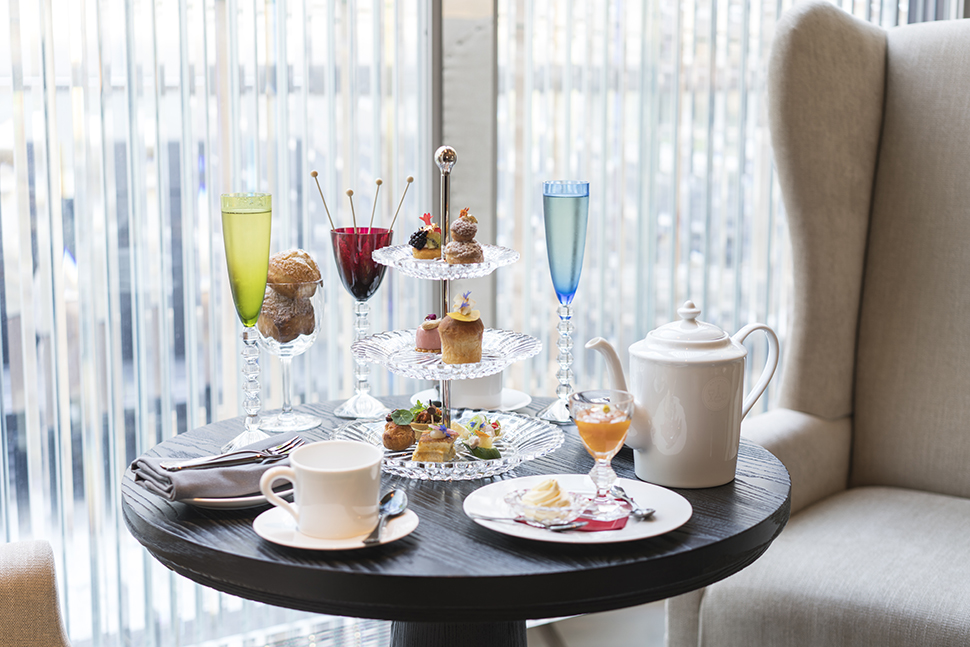
Pair It
If you want to emulate a proper hotel tea, pair your cup with something delicious. “This really comes down to individual preferences,” Jammal says. “But some of my recommendations are multi-grain toast with lemon curd, banana bread, slices of Manchego cheese or even a dram of whiskey!”
